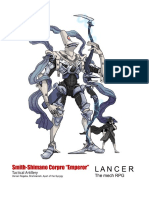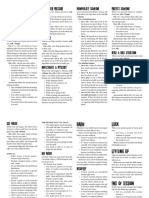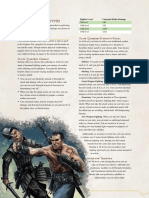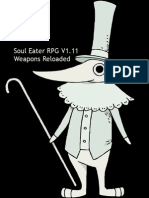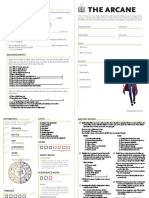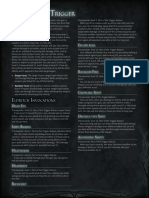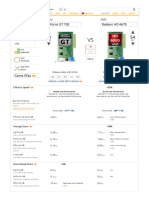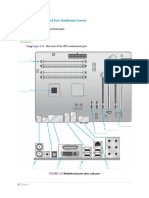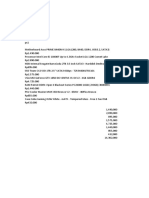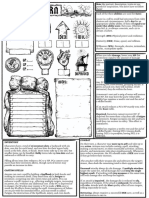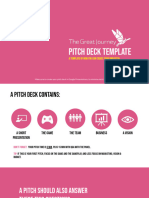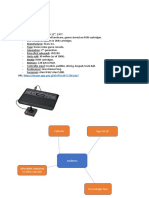0% found this document useful (0 votes)
2K views3 pagesDaggerheart DM Screen
The document outlines gameplay mechanics for a role-playing game, including adversary traits, action rolls, and conditions. It details how players can interact with the game world through actions, manage resources like Hope and Fear, and utilize armor and damage rolls. Additionally, it provides guidelines for Game Masters on making moves, managing difficulty, and adjusting battle points based on adversary types and player actions.
Uploaded by
3ddu.booksCopyright
© © All Rights Reserved
We take content rights seriously. If you suspect this is your content, claim it here.
Available Formats
Download as PDF, TXT or read online on Scribd
0% found this document useful (0 votes)
2K views3 pagesDaggerheart DM Screen
The document outlines gameplay mechanics for a role-playing game, including adversary traits, action rolls, and conditions. It details how players can interact with the game world through actions, manage resources like Hope and Fear, and utilize armor and damage rolls. Additionally, it provides guidelines for Game Masters on making moves, managing difficulty, and adjusting battle points based on adversary types and player actions.
Uploaded by
3ddu.booksCopyright
© © All Rights Reserved
We take content rights seriously. If you suspect this is your content, claim it here.
Available Formats
Download as PDF, TXT or read online on Scribd
/ 3






